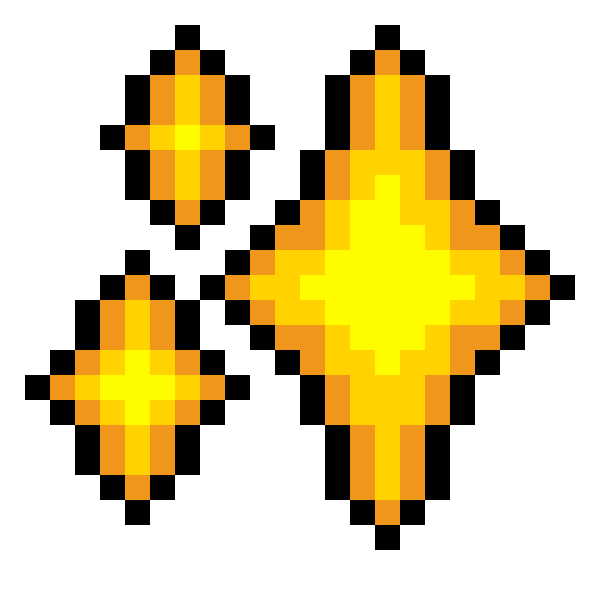First Text, Then Music - Now, AI Comes for 3D
by
September 30th, 2025
Audio Presented by

Early-stage digital discovery specialist. Partner @ The Discoverability Company.
Story's Credibility

About Author
Early-stage digital discovery specialist. Partner @ The Discoverability Company.
Comments
TOPICS
Related Stories
3D Models at City Scale!
Dec 18, 2021